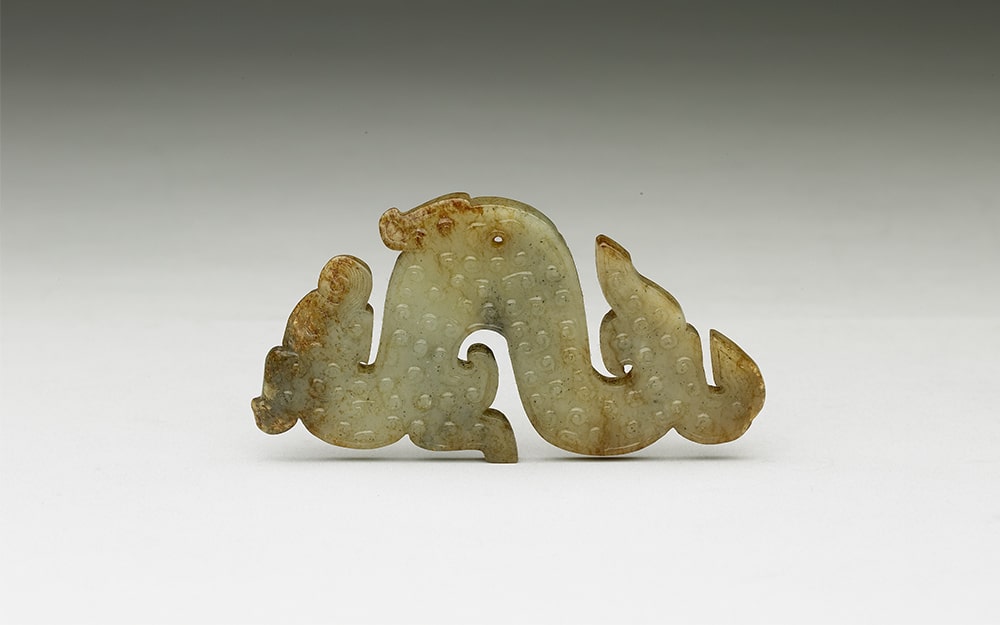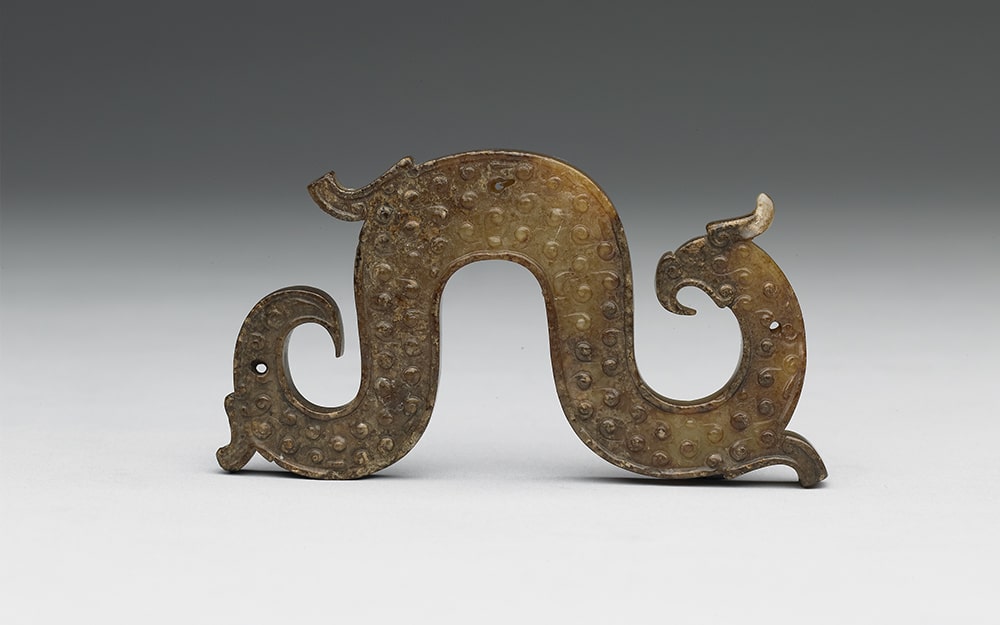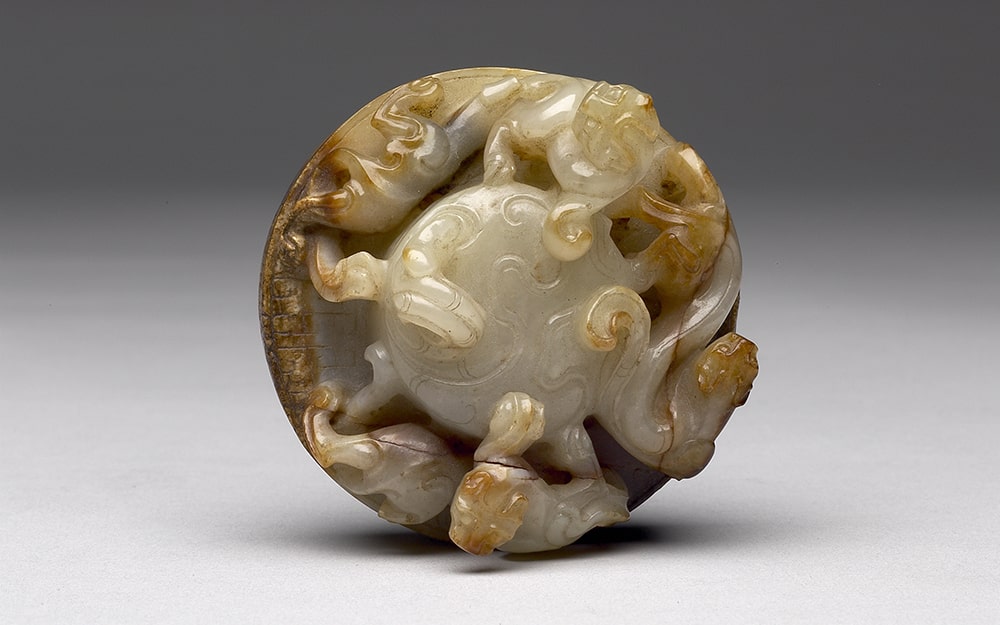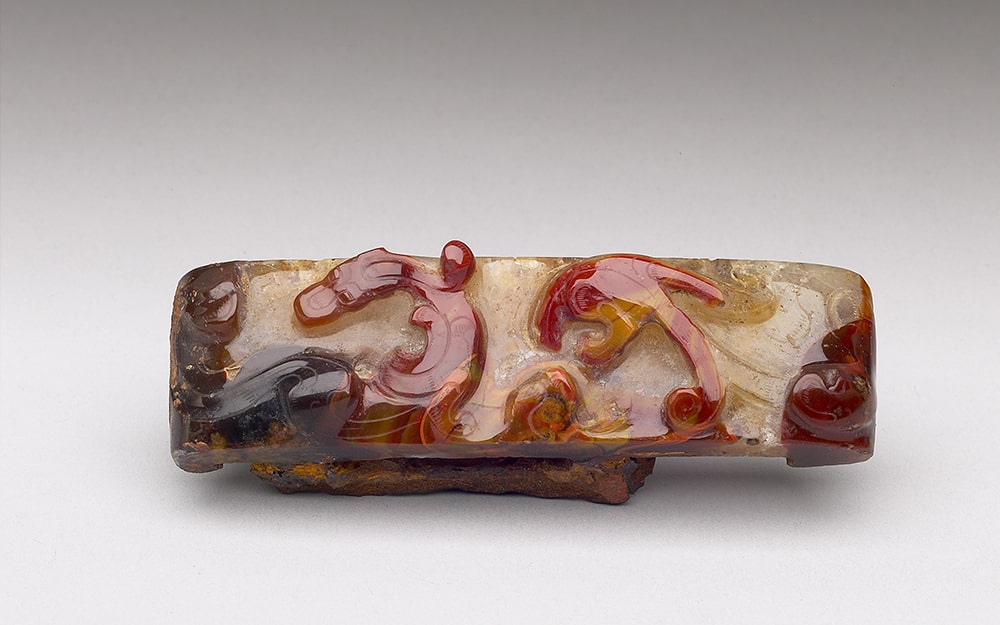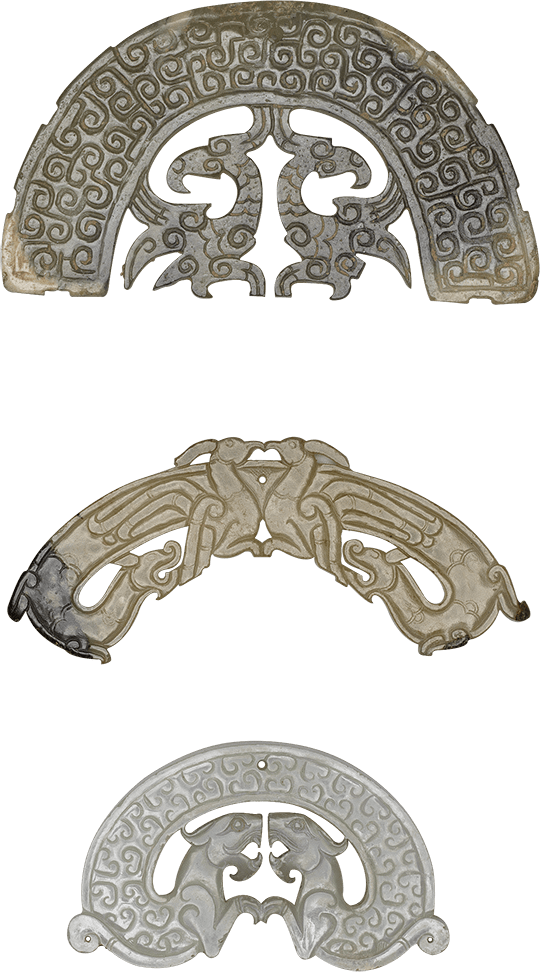Introduction
In the history of jade craftsmanship, the era encompassing the Warring States period to the Han Dynasty (475 BCE-220 CE) stands out as a singular age of illusory art. Working within miniature confines, craftsmen strove to cut and polish various designs of dragons and beasts that, despite their physical immobility, could nonetheless induce dynamic illusions of motion. Via these shifting shapes, the visual senses of the viewer are ushered into a world between reality and illusion, to astonishing effect. This Exhibition is therefore entitled, "Betwixt Reality and Illusion", and through the visual changes presented, the techniques used to create jade artifacts and the visual causes behind the illusory effects experienced will be explored in depth.
In this Exhibition, 212 specially selected jade artifacts from the Warring States period to the Han Dynasty are presented, including 114 works from the former collections of the Qing Court, and 98 newly acquired works. Each work is exemplary, and together, not only do these exhibits reflect the brilliant and diversified aesthetics of their time, but also present a comprehensive narrative of jade artifacts from that era. During the Warring States period to the Han Dynasty, the pursuit of dynamic illusion remained consistent in jade craftsmanship, and decorative designs maintained the same sinuous shapes, but the illusory effects of works from different ages are clearly distinct. For example, jade dragons of the Warring States period were typically of a flat two-dimensional style, with misplaced legs and claws that could induce visual shifting between ambiguous states of movement and stillness, while jade beasts of the Han Dynasty were three-dimensional, with distorted bodies and varying changes in tension and slackness. To better explore these differences, this Exhibition has been further subdivided into four sections.
